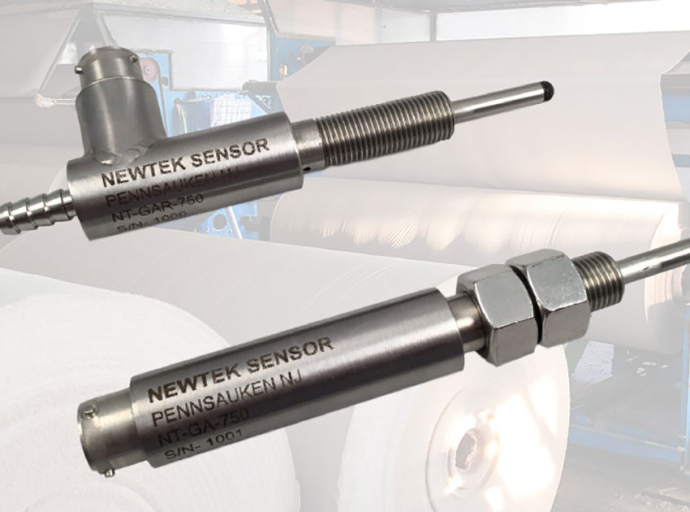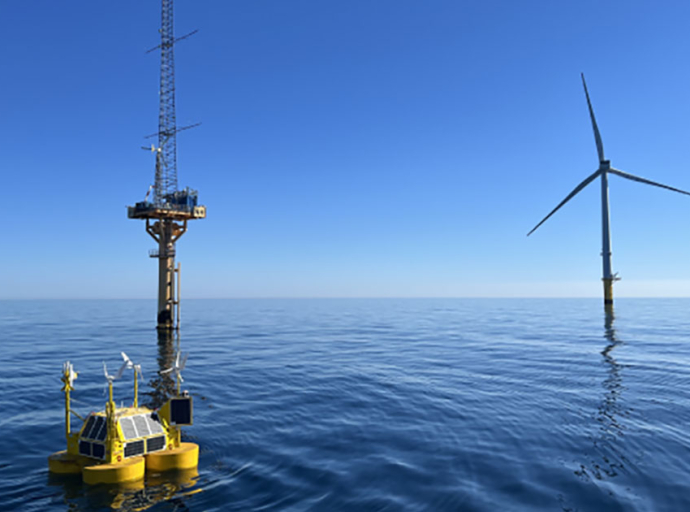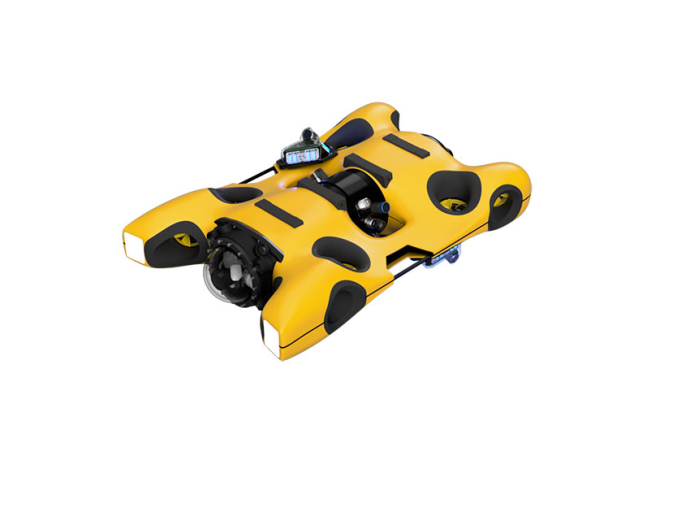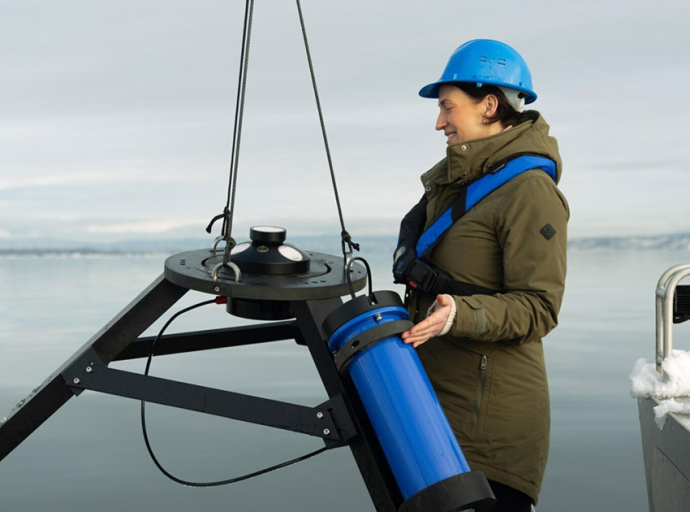Kongsberg Discovery, a world leader in oceanographic instrumentation, is looking to spearhead the evolution of the ADCP market with a new product innovation that mixes flexibility, simplicity, and high-resolution performance. The CP333, launched at Oceanology International 2024, delivers precise current and DVL (motion) measurements in challenging, dynamic environments such as coastal waters and around ocean wind installations.
Science & Technology
All Stories
Metron Inc. (Metron), a trusted provider of advanced research, scientific, and software solutions for government and commercial markets, is pleased to announce the signing of a partnership agreement with Cellula Robotics, USA Inc. (Cellula), to expand uncrewed underwater vehicle (UUV) capabilities for advanced operations in dynamic environments.
- New Hyperion Crude Oil – the latest addition to the optical sensor range detects concentrations of dissolved oil in water – launches at Oi24
- SWiFT Deep CTD – recent addition to the range of SWiFT profilers providing CTD measurements to depths of 6000 m ON&T
Exail, a leading provider of maritime autonomy solutions, has unveiled its new transoceanic Uncrewed Surface Vessel (USV), the DriX O-16. Benefitting from an autonomy of 2,500 Nm and a unique naval architecture that enables the USV to withstand the most severe ocean conditions, the new DriX O-16 has been designed for long-duration operations (up to 30 days) and can deploy multiple payloads and subsea assets.
MIND Technology, Inc. (MIND) announced that its Seamap unit has been awarded an order by ATLAS MARIDAN ApS, a company of the ATLAS ELEKTRONIK Group, to provide a specialized SeaLink 2-D & 3-D, ultra ultra-high resolution (UUHR) seismic streamer system. It is anticipated the system will be utilized in ultra-high resolution seismic site surveys in accordance with ISO19901 protocols.
GeoAcoustics is launching the GeoPulse 2 Sub-Bottom Profiler at Oceanology International 2024. Designed for diverse applications including pipeline detection, geological surveys, dredging surveys, environmental assessments, and buried object detection, GeoPulse 2 is a highly versatile tool built on 40 years of hydroacoustic technology development by GeoAcoustics.
Despite being scattered across more than a million square kilometers; new research has revealed that remote coral reefs across the Seychelles are closely related. Using genetic analyses and oceanographic modelling, researchers at Oxford University demonstrated for the first time that a network of ocean currents scatter significant numbers of larvae between these distant islands, acting as a ‘coral superhighway.’ These results are published today in Scientific Reports.
Venterra Group, a global offshore wind services company, is delighted to announce a recent contract award to assess metocean data collection needs to enable offshore wind farm development off Canada's Atlantic Coast. This significant contract is a testament to Venterra's unmatched global expertise across the entire lifecycle of offshore wind farm development and experience guiding governments and policymakers to identify optimal locations for offshore wind farms.
Hydromea, an industry leader in high-speed subsea communications and portable underwater inspection robotics, is set to introduce a groundbreaking product at Oceanology International in London on March 12-14, 2024. The event will mark the official commercial launch of EXRAY™—an advanced underwater inspection robot equipped with state-of-the-art proprietary wireless communication technology LUMA™.
Nortek has announced the launch of the upgraded Aquadopp and AWAC range of ADCPs. The latest versions of these instruments build on already existing capabilities loved by users for decades, and offer sleek user-friendly design, enhanced performance and future-proof internal components.

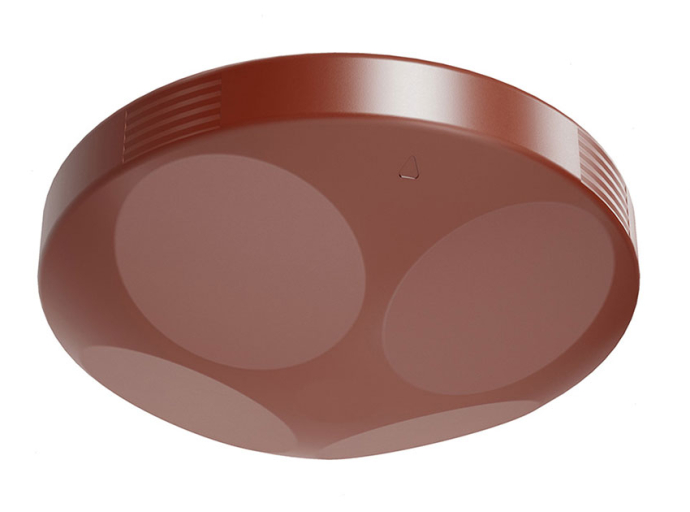
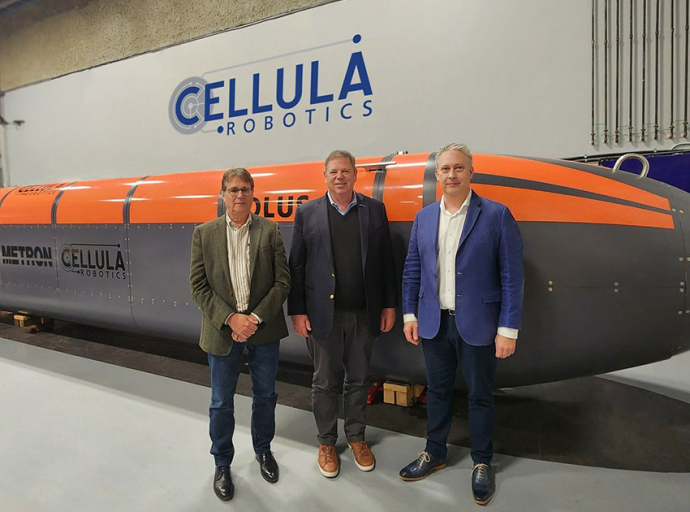
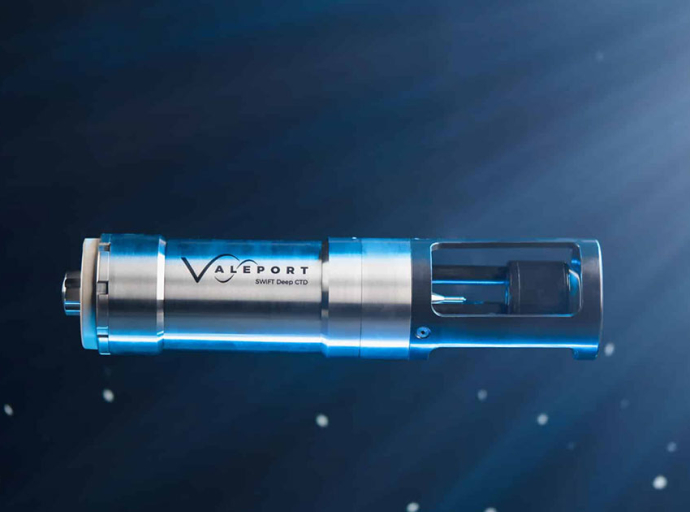
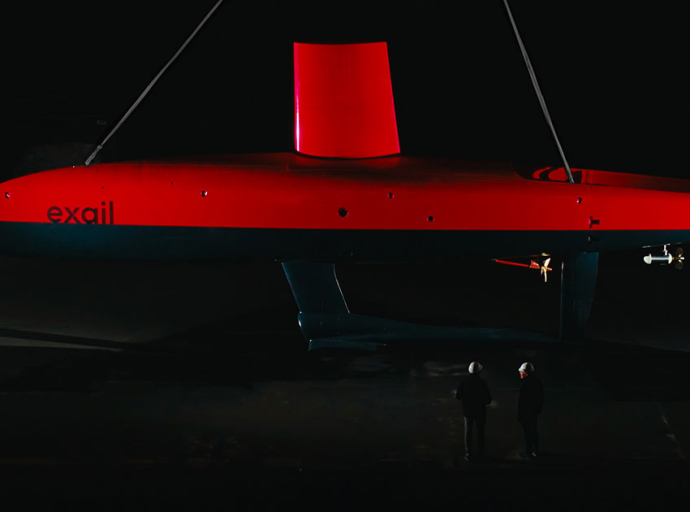
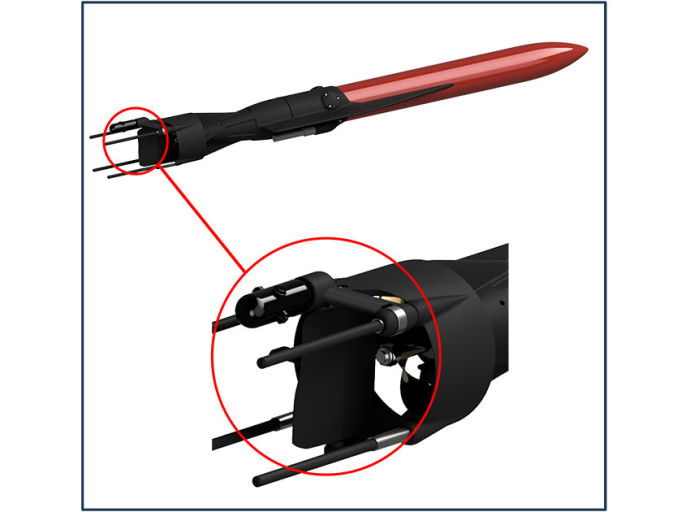
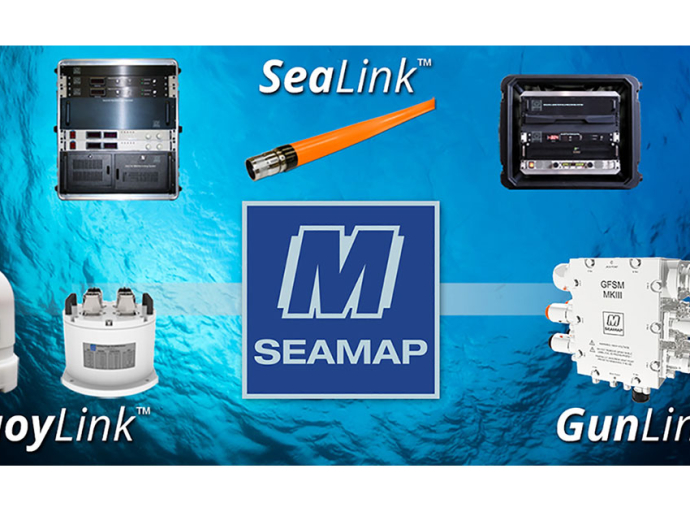
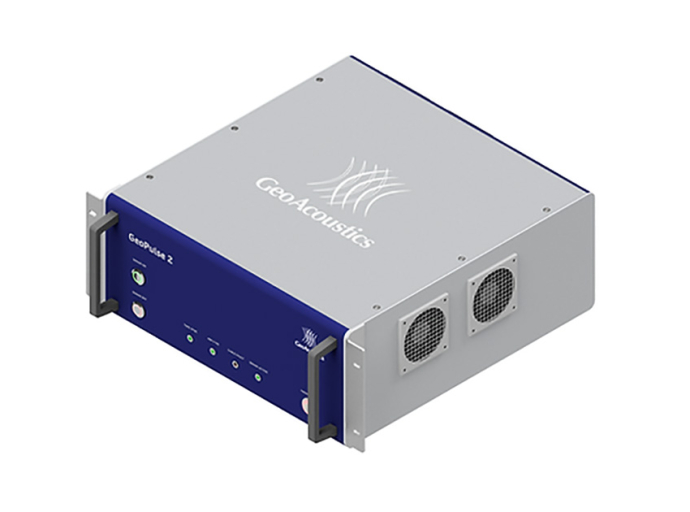
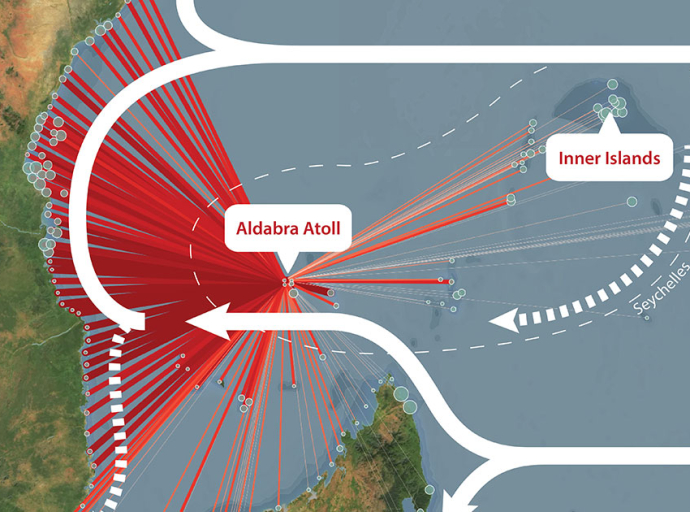
_thumbnail.jpg)
